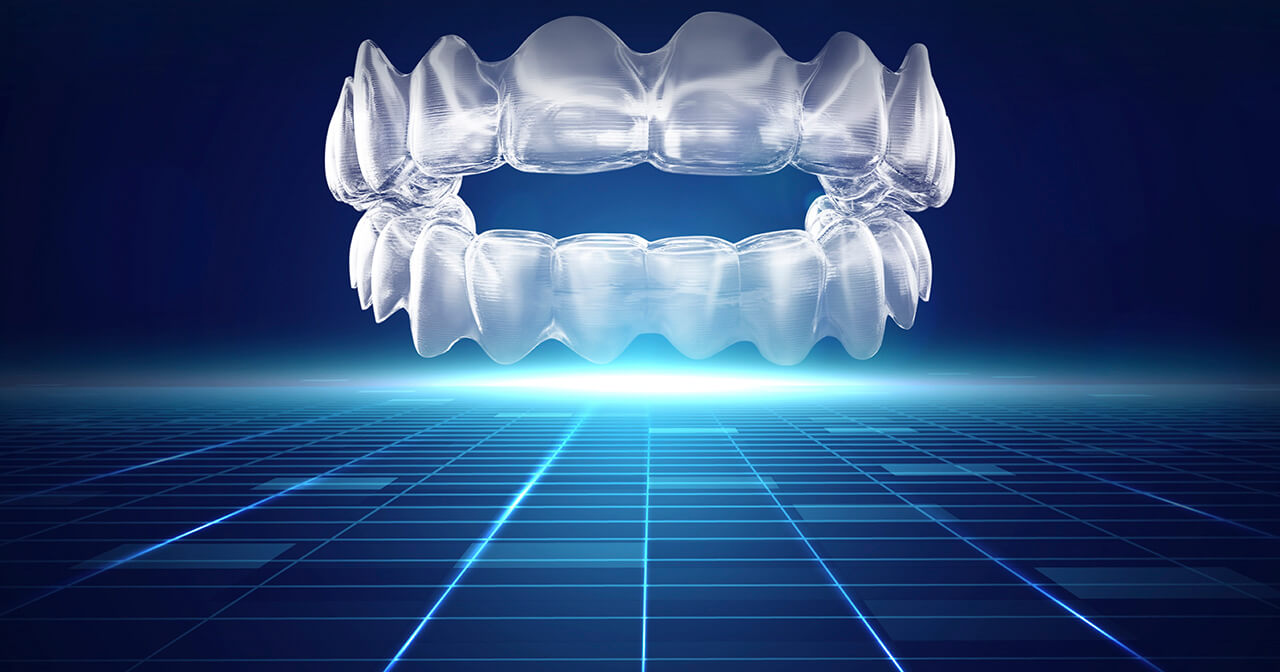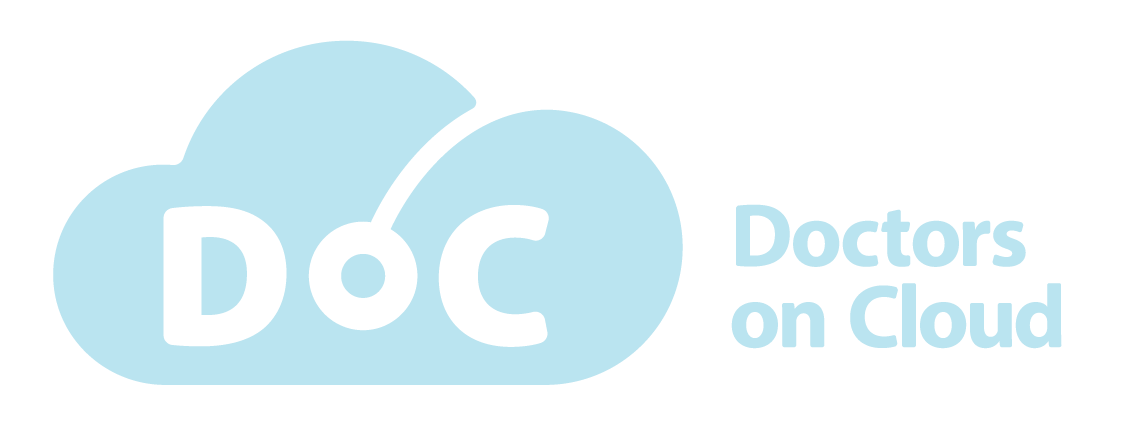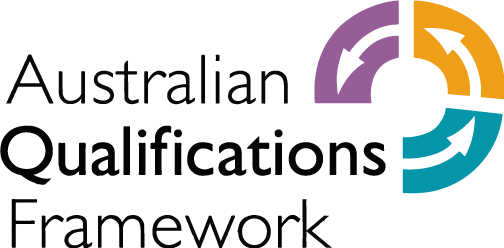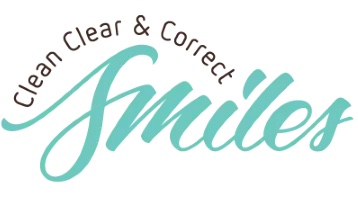The 10905NAT Graduate Diploma of Digital Orthodontic Treatments is a comprehensive, modern and practical Orthodontic qualification focusing on clear aligners and emerging technologies.
For the progressive dentist ready to elevate every aspect of their orthodontic care — combining clinical excellence with powerful practice growth.
An Australian-accredited, AQF Level 8 qualification delivered with uncompromising quality and led by one of the globally renowned orthodontist & pioneer in this area, Dr Vandana Katyal.
With comprehensive one-on-one support led by an experienced orthodontist, this program is designed to build your confidence, clinical competence, and case acceptance in clear aligner therapy. Our mission is to equip you with the most modern, practical, and evidence-based knowledge in orthodontics — empowering you to deliver efficient, high-quality outcomes in your own practice.
Delivered through a user-friendly, 24/7-accessible E-learning portal, the course begins with foundational orthodontic concepts — including diagnosis, arch analysis, biomechanics, retention, growth theories, and the biology of tooth movement. It then progresses to advanced, clinically applicable topics such as evidence-based clear aligner anchorage strategies, extraction case planning, virtual orthodontic tracking, 3D printing, and in-house aligner manufacturing.
You’ll also gain access to real-world clinical demonstrations, filmed in Dr Katyal’s own practice. These include procedures such as orthodontic photography, patient examination and consent, bonding attachments, performing IPR, prescribing elastics, bonding retainers, case refinements, and patient instruction. Downloadable practice development resources — including workflow templates, patient letters, and custom documentation tools — are included to save you hours of admin work and streamline your clinical operations.
To successfully complete the Diploma, participants must begin treating clear aligner cases in their own clinics. The program is suitable for beginners and covers patients of all ages — from mixed dentition to adult treatment — while teaching safe scope of practice, risk management, and referral strategies. You’ll receive mentoring on a broad range of cases, from mild to moderate malocclusions, including Class I and II, deep bites, overjet correction, minor open bite/Class III, and interdisciplinary restorative-orthodontic cases.
By graduation, you’ll possess the skills to assess case complexity, manage clinical risks, identify referral needs, and treat patients efficiently and predictably using clear aligners and emerging technologies. Graduates finish with a strong foundation in evidence-based practice, interdisciplinary collaboration, and systems that support long-term clinical success — all within the scope of a registered dental practitioner.
Course Delivery Overview
The course consists of approximately 1200 hours delivered over a period of 12-18 months, with a 400 verified CPD, an Australian accredited and quality assured Graduate Diploma (AQF level 8) awarded by The Digital Orthodontic College (RTO 45506) at graduation.
Start at any time, fast-track your progress or take 18 months to complete. This program is designed to suit your lifestyle. No travel is required, saving you time and costs. And carbon emissions! The 10905NAT Diploma is flexible in pace and takes 7-12 hours per week of your time (50% of this time is spent in own clinical practice identifying and treating clear aligner patients). This equates to about 1 hr per day for 18 months and many of those hours are spent practically in your clinic, treating actual cases!
It is conveniently delivered as 100% online mode with user-friendly E-learning portal, guided training and case planning support. The content is modern yet evidence-based, and focuses on case-based learning. A typical participant will observe and plan a high volume of clear aligner treatments during group cases presentations, learn from clinical demonstrations and grow their practice with our practice development resources – all presented for you in audio-video formats as well as reading materials via a 24/7 e-learning portal. Rewind and rewatch the content unlimited times! Engage in discussion activities with peers to embed your learning and take online quizzes to assess your progress.
Access prompt and unparalleled 1-1 Case Mentoring by Dr Vandana Katyal, Orthodontist. Delivered via 1-1 zoom sessions and a direct chat channel with Dr Katyal. We pride ourselves in fast response times and being there for our doctors when they need it the most during their course. For additional and ongoing case support, we provide monthly orthodontic case discussion webinars. Upon enrolment, several complimentary 1-1 online coaching sessions with Dr Katyal are available to help provide extensive support and mentorship for orthodontic cases. This is invaluable for a beginner dentist and a much-loved feature. For the intermediate and advanced learners, this mentoring can help improve your current patient outcomes with orthodontic treatments.
Intended vocational, community outcomes of the course
The purpose of the course is to address the needs of registered dental practitioners undertaking simple to moderate orthodontic treatments within their general practice.
Specifically, having completed the Graduate Diploma of Digital Orthodontic Treatments dental practitioners will be able to:
- identify orthodontic cases suitable for their own scope of practice (adults and children)
- diagnose, plan and treat a variety of orthodontic cases, as identified within their own scope, with customised clear aligners
- be able to apply evidence-based diagnostic and treatment principles to a wide variety of presenting malocclusions such as Class 1, Class 2, Class 3, deep bite, open bite, crowding/spacing, crossbite, etc in ages from mixed dentition to growing teens and adult patients.
- diagnose, plan and treat a variety of orthodontic-restorative cases for ideal smile aesthetics and smile design
- identify cases requiring referral to specialist orthodontists or interdisciplinary needs
Safely and predictably:
- diagnose orthodontic cases within their scope of practice
- develop digital orthodontic treatment plans for their cases
- use 3-dimensional digital software and technologies in orthodontic applications
- treat with digital orthodontic appliances, specifically customised clear aligners
- offer orthodontics as part of a multidisciplinary treatment plan
- ‘troubleshoot’ unexpected orthodontic situations and problems
- identify risks of treatment to patient and develop strategies to minimise them
- use virtual orthodontic monitoring at different stages of orthodontics planning and treatment
- critically appraise and apply evidence-based orthodontic principles in clear aligner treatments
As independent professional practitioners, dentists applying clear aligner and digital technology should demonstrate autonomy, well-developed judgement, adaptability and responsibility for patient outcomes. Since dentists operate independently as professionals, they are accountable for their own outputs, and of managing risk and rectifying any issues that may arise.
Graduates will demonstrate ability to make high level and independent judgements in a range of technical functions in a range of contexts including addressing presenting orthodontic complaints, identifying and addressing potential orthodontic issues in children versus adults and dealing with relapses and concerns. As professionals, graduates are also responsible for research and ongoing maintenance of their own knowledge in their field.
Graduates are required to plan and implement treatments using emerging, digital methods, and selection of the right customised appliances as addressed in units, Evaluate and use digital technologies for orthodontic treatments and Commence and monitor digital orthodontic treatments.
Mentorship and support available for participants during the enrolment period
Participants will have access to 3 levels of Orthodontist-led support and mentorship via
- a secure online group discussion forum and a private channel to directly ask, the group or the orthodontist, questions about case selection and diagnosis as well as risk management.
- a live and interactive group case discussions webinar where participants can share your screen and directly ask your questions to the orthodontist or other members.
- individual 1-1 online coaching sessions with an orthodontist These are best for in-depth treatment planning and designed to assist participants with their final case submissions for their assessments.
Essential entry requirements and resources
Entrants to the Graduate Diploma of Digital Orthodontic Treatments must:
- Be over 18 years of age; and
- As a minimum hold a Bachelor of Dentistry or equivalent; and
- Be registered to practise dentistry as a Dental Practitioner by the relevant dental board or agency
- Have English Language to ASCF
- Must have an active dental board registration as a dentist or dental specialist during the enrolment period
- Applicants must be actively engaged in the provision of dental services through a registered dental business. This may include operating under an Australian Business Number (ABN), trust, or company structure. Evidence of current business registration must be provided upon enrolment. Note – Where applicant course fees are paid by their dental practice or employer, this arrangement will be governed by a commercial agreement between The Digital Orthodontic College and the business entity. These business-to-business arrangements fall outside the scope of student fee protection requirements under SRTO 2025.
In order to complete this course, you will also need access to:
- A range of orthodontic materials (buttons, elastics, aligner seater chewies), bonding materials and instruments (readily available in general dental practice), impression materials or a digital intra-oral scanner, digital DSLR or smartphone cameras with ring flash, cheek/lip retractors and photographic mirrors for orthodontic record taking.
- A computer with access to a clear aligner planning software, high-definition web camera, microphone and high-speed internet
- Access to extra-oral radiography for panoramic and cephalometric xrays
- An online portal access to clear aligner systems, materials and laboratory – Spark Clear Aligners accreditation can be facilitated once enrolled, if required.
- A range of patients (real or simulated) with varying dental conditions and wide age groups.
A participant must be actively practicing as a Dentist or Orthodontist for at least 6-12 months during the enrolment period of this program; to be able to complete the practical and case-based assessments that are required to achieve the competency.
IMPORTANT NOTE: We do not recommend restricted softwares such as Invisalign Go as a suitable aligner portal/software for this diploma’s learning and assessment requirements.
Another 5 Star Review.
Dr J Chuang, Dentist, Australia
“The Australian accredited 10905NAT Graduate Diploma of Digital Orthodontic Treatment offers comprehensive training in the field, gives the candidate the opportunity to do things in a self-paced manner, while getting a personalised 1-on-1 learning experience with Dr Vandana Katyal. It was an excellent choice for me and gave me the flexibility to get the well-designed training done in my own time frame. I would strongly recommend the course to any practitioners who is looking to up-skill themselves with a no-compromise high quality course, while also having to juggle between busy practices and family schedules.”
Dentist, Australia
Summary of the many features of the 10905NAT Graduate Diploma of Digital Orthodontic Treatments
- Master clear aligners and digital orthodontics at your pace with online & flexible learning! No travel required.
- Start at any time that suits and at any level of orthodontic experience, including absolute beginners.
- Achieve excellence in your practice with our quality-assured & Orthodontist-led training program, led by Dr Vandana Katyal, Orthodontist.
- Gain a AQF level 8 Graduate Diploma award at completion, quality assured and recognised in Australia.
- Receive complimentary 1-1 online sessions for mentoring and case coaching with Dr Katyal.
- Discuss your cases regularly at our monthly live case-discussion webinars (our most loved feature). Recording are provided for all live webinars.
- Get access to direct 1-1 chat with Dr Katyal or connect with other peers in a 24/7 in a secure online forum – discuss cases, appraise published studies and participate in our group discussions.
- Learn clinical skills from a library of online clinical demonstrations, recorded in Dr Katyal’s own office.
- Get complimentary access to online dentistry library with over 400 journals via ScienceDirect.
- Access advanced treatment planning subscriptions – via Alumni Plus or BOSS Club post graduation and continue learning and growing your practice.
- Receive access to our Global Leaders Lecture Series – learn from invited global leaders in the field.
- Get comprehensive education beyond short courses with over 1200 hours of volume of learning.
- Receive a 400 hr CPD certificate at course completion in addition to the Graduate Diploma award.
- Pay in monthly instalments, up to 12 months. *Additional fees apply.
- Bonus – Apply for our parallel UK-accredited Diploma in Digital Orthodontics and receive dual awards – get 2 qualifications with our recognition of prior learning. *Additional fees apply.
Want to know more about E-learning? Watch an overview of our innovative and user-friendly E-learning portal here
https://youtu.be/UWkPnn57J4I
Course Modules
NAT10905001 Research and use evidence-based information about digital orthodontic practice
This unit describes the performance outcomes, skills and knowledge required to research and apply information about digital orthodontics to own practice.
It requires knowledge of sources of evidence-based research about orthodontic practice, different types of digital orthodontic treatments, current and emerging evidence-based theories and current and emerging technologies for diagnosing, planning, monitoring and delivering digital orthodontic treatments. It includes comparison between traditional and digital orthodontic treatments and their benefits and disadvantages.
NAT10905002 - Perform orthodontic examinations and record taking
This unit describes the performance outcomes, skills and knowledge to undertake orthodontic diagnostic examination and record taking procedures as the basis of comprehensive orthodontic diagnosis. Examinations are both extra and intra-oral and include intra-oral (three-dimensional) 3D scanning, cephalometry and photography.
It requires the ability to diagnose malocclusion, with clinical examination using records as a supplement or to confirm the findings.
NAT10905003 – Diagnose orthodontic conditions and plan treatments
This unit describes the performance outcomes, skills and knowledge required make a substantiated diagnosis for a presenting orthodontic complaint based on examinations and patient interactions, and then to prepare and refine treatment plans based on that analysis. It also involves the skills to communicate ethically and effectively with patients and agree on a finalised treatment plan.
NAT10905004 - Evaluate and use digital technologies for orthodontic treatments
This unit describes the performance outcomes, skills and knowledge to evaluate and use digital technologies for digital orthodontic treatment planning and monitoring.
It requires ability to apply knowledge of clear aligner material and biomechanics to create the most appropriate plan for the patient.
NAT10905005 - Perform early interceptive orthodontics
This unit describes the performance outcomes, skills and knowledge required to prevent and correct problems of the growth of jaws, abnormal soft tissue habits and the eruption of teeth for growing children.
It requires the ability to apply knowledge and understanding of facial growth and optimal timing for orthodontic or dentofacial orthopaedic treatment in children.
NAT10905006 - Commence and monitor digital orthodontic treatments
This unit describes the performance evidence, skills and knowledge to treat patients and monitor progress against expectations using clear aligners or other customised digital orthodontic appliances. It requires the ability to apply specialised knowledge of the benefits and limitations of clear aligner technologies and therapies and related biomechanics and attachment protocols.
NAT10905007 - Use a multidisciplinary approach in orthodontic practice
This unit describes the performance outcomes, skills and knowledge required to identify the need for a multidisciplinary approach to patient treatment, make referrals, and communicate effectively with other dental and medical specialists to facilitate holistic patient care. Treatments from other dental and medical professionals may include oral surgery, restorative dentistry and treatments to manage facial disharmony. The unit also involves undertaking teeth movement to facilitate other dental treatments.
10905NAT Graduate Diploma of Digital Orthodontic Treatments Participant Handbook (PDF).
Pay Now (ABN/NZBN required)
Please complete the enrolment form prior to payment
Please see our terms below
AUD $25,400 (GST free)
Pay in Monthly Instalments
Only available for AU/NZ residents with an active ABN/NZBN. Invoice ID = full name.
Please complete the enrolment form prior to payment
Please see our terms below
AUD $25,400 (GST free) *interest applies
All prices are in Australian Dollars. GST is not applicable to this course fee
For any cancellations within 14 days of tuition fee payment, a non-refundable administration fee of $4,900 applies
Please review our commercial training services agreement prior to payment https://digitalorthodonticcollege.com/policies/
Our Fee and Refund Policy must be viewed prior to payment https://digitalorthodonticcollege.com/policies/fees-and-refund-policy/









